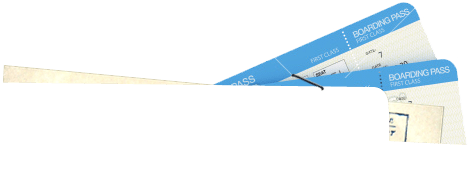What You Need to Know About the EU’s New EES System
The European Union has begun rolling out a major change to how travelers enter and exit the Schengen Area. If you’re planning a trip to Europe in the coming months—or thinking ahead to 2026—here’s a simple breakdown of what’s happening and what it means for you.
What is EES?
EES stands for Entry/Exit System. It replaces manual passport stamps with a system that electronically records your arrival and departure from the EU.
When is it happening?
The rollout began on October 12, 2024, but it’s not fully implemented everywhere yet. Each airport and border crossing has its own schedule for increasing how many travelers they process through EES.
-
Full compliance is required by April 2026, meaning all entry points must be using EES 100% of the time by then.
-
In the meantime, whether you’re processed through EES on your next trip depends on the airport, the country, and where they are in the rollout. Some travelers will go through it immediately, while others may not encounter it until a later trip—there’s no universal timeline for every entry point.
What happens if you’re processed through EES?
Two things:
-
You’ll be fingerprinted and photographed the first time you enter through the new system.
-
Lines may be longer than usual, as this extra step takes additional time during the rollout.
Is there a cost or application?
No. EES requires no fee and no advance application. It’s primarily a behind-the-scenes system, with only minor on-site steps for travelers.
Official EU Information
You can read more at the official EU site:
https://travel-europe.europa.eu/ees
What’s Next: ETIAS
About six months after April 2026, the EU expects to introduce ETIAS, which will require travelers to apply in advance and pay a fee before visiting Europe.























